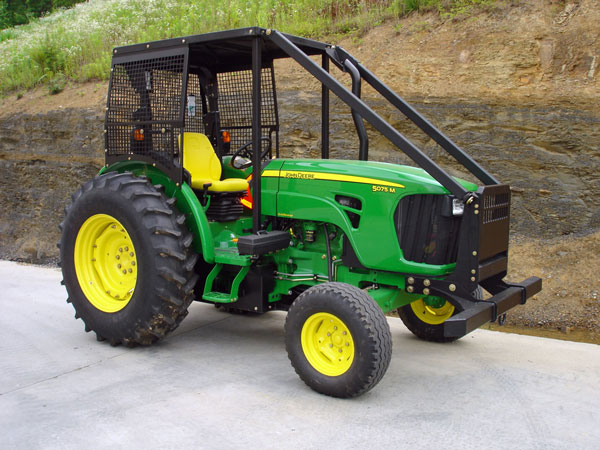All well and good, but if a "safety" device makes a product harder/less convenient to use, there's gonna be a strong temptation to bypass or remove it.
The ROPS on my tractor folds, so I have no need to shorten it when I put it in the garage, and it's almost always up when I'm using it but there have been times that I've bypassed "safety" switches, etc. because they've made a piece of equipment or tool harder and potentially less safe to use. An example that immediately comes to mind is a trigger lock-out on a chainsaw. The seat switch in my rider mower is another.
I don't blame the manufacturers, I blame the government agencies that create regulations without thinking them all the way thru.
